Though hard to believe, when I graduated from SCAD there was no formal UX program offered there or at any other design school like it. Similarly, when I was applying for jobs most were a mix of research, visual design, and business with ambiguous titles (ones that rarely included the word “experience”) and a long list of desired skills. We learned about User-Centered Design in school through whatever skill or craft we were majoring in at the time, in my case Industrial & Service Design. We later learned UCD was primarily about applying those principals to digital interfaces.
This however, meant it was largely a “learn-as-you-go,” “fake it till you make it” scenario. At that time we would have to sneak UX representatives into meetings or search Google for terms that were just beginning to popularize. Buzz words like “responsive design” were rarely discussed in boardrooms and UX as a department was known as the “wet blanket” or “magic wand”. There was a perception that we soiled solid ideas by asking questions like, “does the USER actually want or need this?” or were brought in to fix products that were already designed in a silo. We were typically told we didn’t need to be there because they had a high billing strategist or an outspoken creative director who could handle it. “We’ll give you a call when we need some wires…thanks.”
“We’ll give you a call when we need some wires…thanks.”
In the last few years there’s been a shift felt by most people in the design world. Some of it has been gradual - companies like Intuit having an Experience Executive included in the C-suite. Some of it is more rapid - developing a department in an agency and not simply being packaged under strategy, IT, or being labeled as a designer who can’t use Photoshop. As the understanding and demand slowly grew and shifted, it became clear there was a shortfall not only in the positions available but also in the number of professionals qualified to take on these roles.
“As the understanding and demand slowly grew and shifted, it became clear there was a shortfall not only in the positions available but also in the number of professionals qualified to take on these roles.”
Now let’s step back a moment to revisit my time spent at an agency in Austin. When I got there it had, in my opinion, one of the strongest UX teams I have worked with to this day. We had a great mix of people that came from various backgrounds including directors with 10+years of architecture and Exhibit design experience, designers with years of research library science and HCI, and some newbies like me who were knowns as the “creative UXers” because we came from design school and could do fancy things like concept sketch and make power points look fly. The collaboration of synthesizers and generators, different perspectives and experiences, and the fact that we were all what we consider UX generalists (not hybrid designers) allowed us to align our goals and shift the company to an Experience and Design driven organization. It was a lofty goal, but we saw it as a necessity for the success of the business and our clients.



